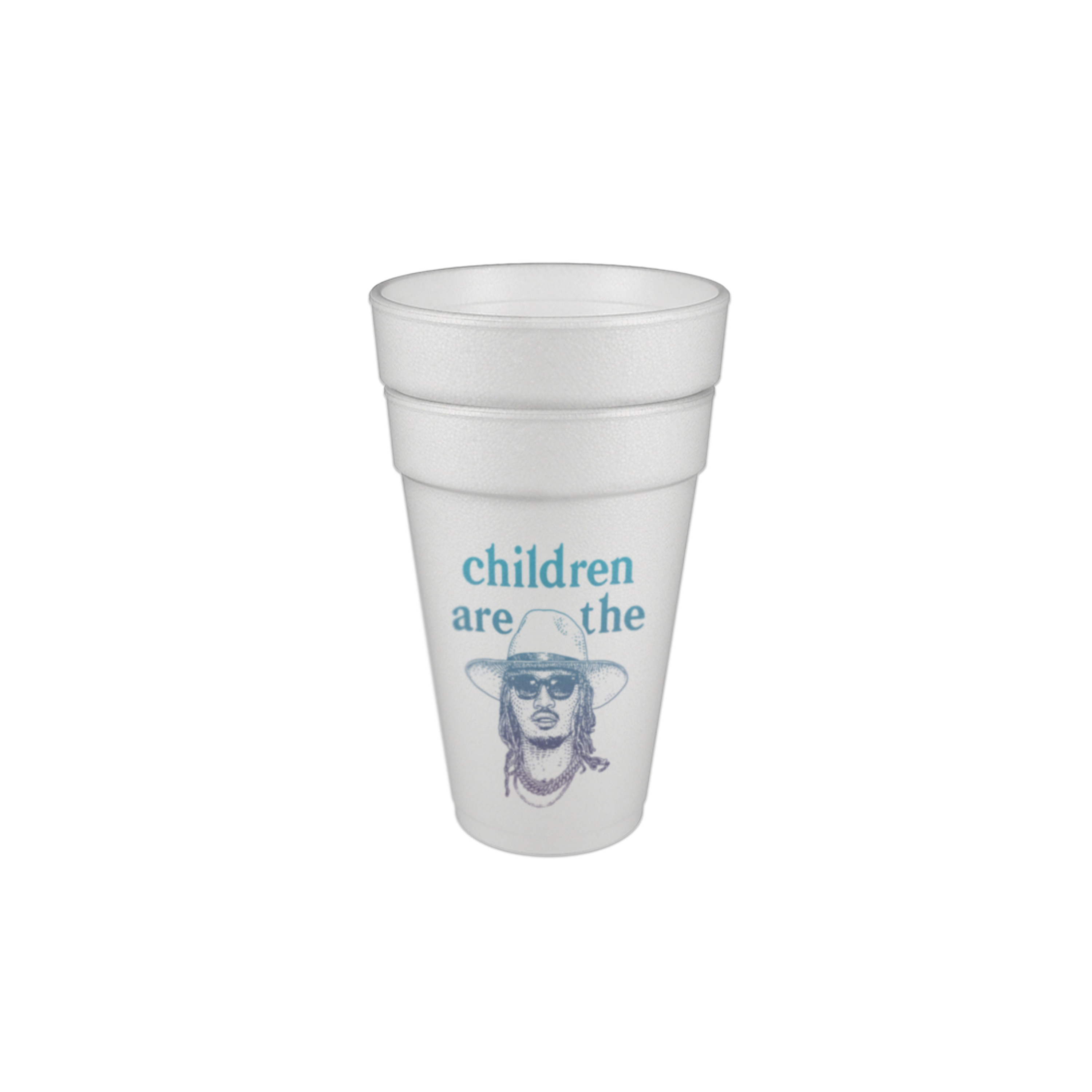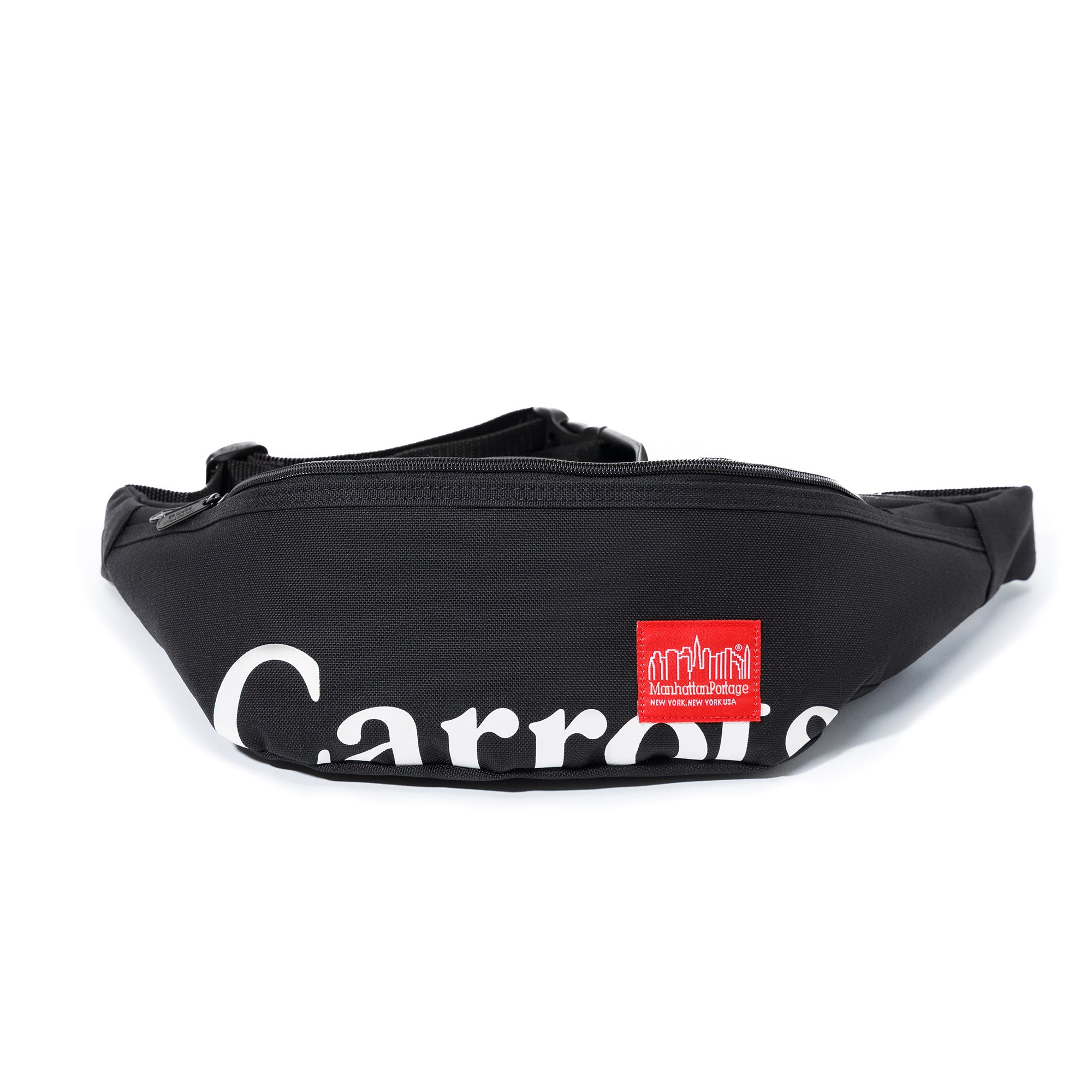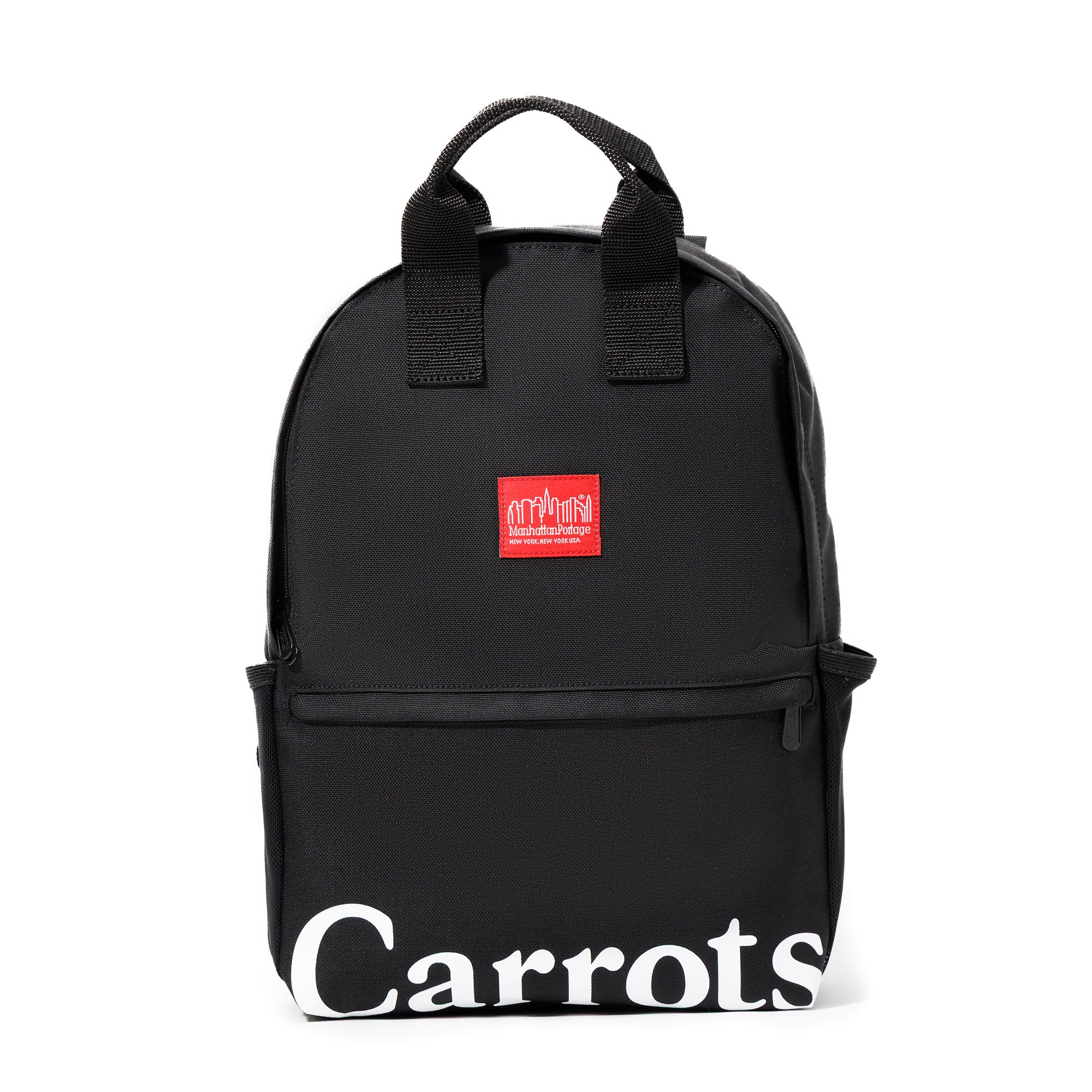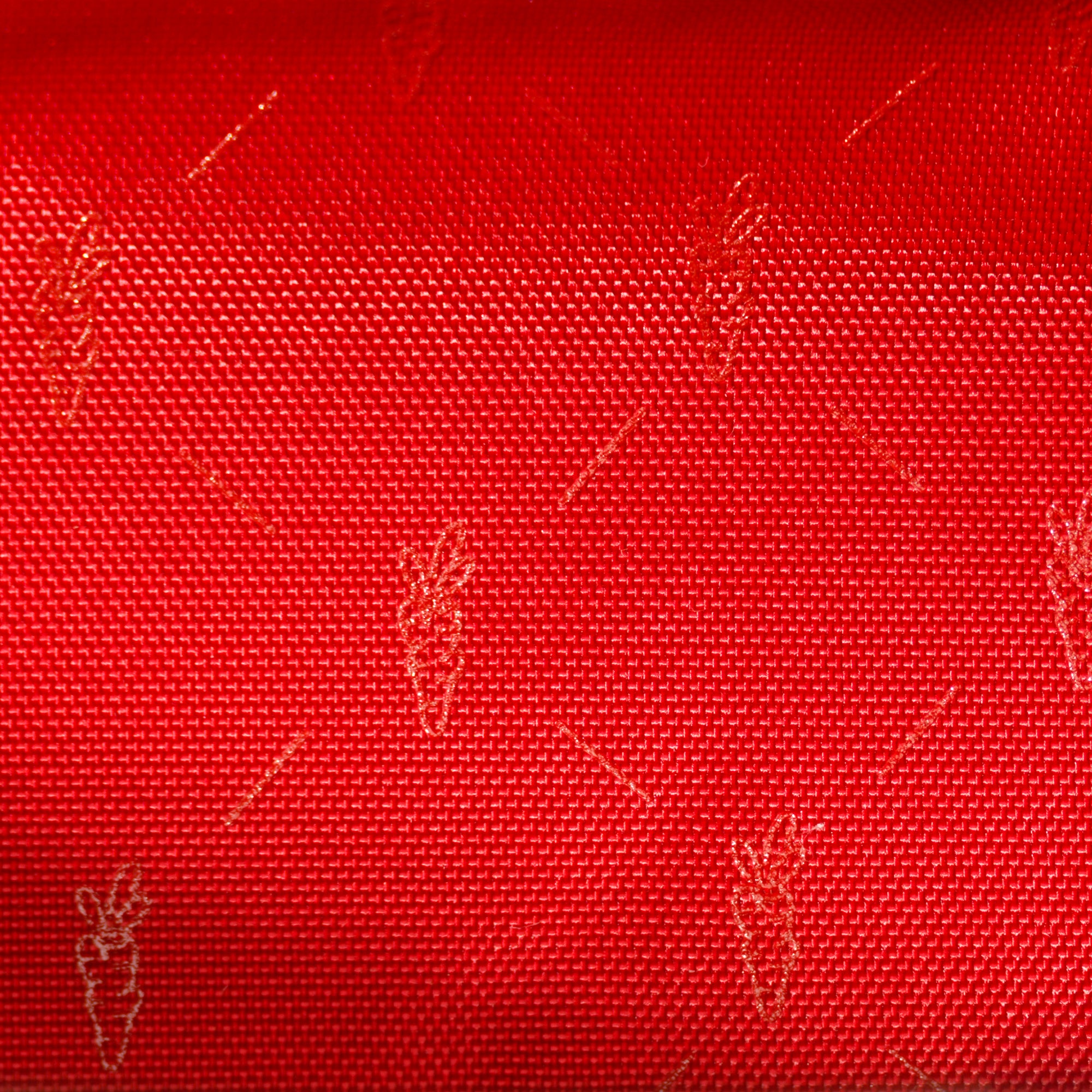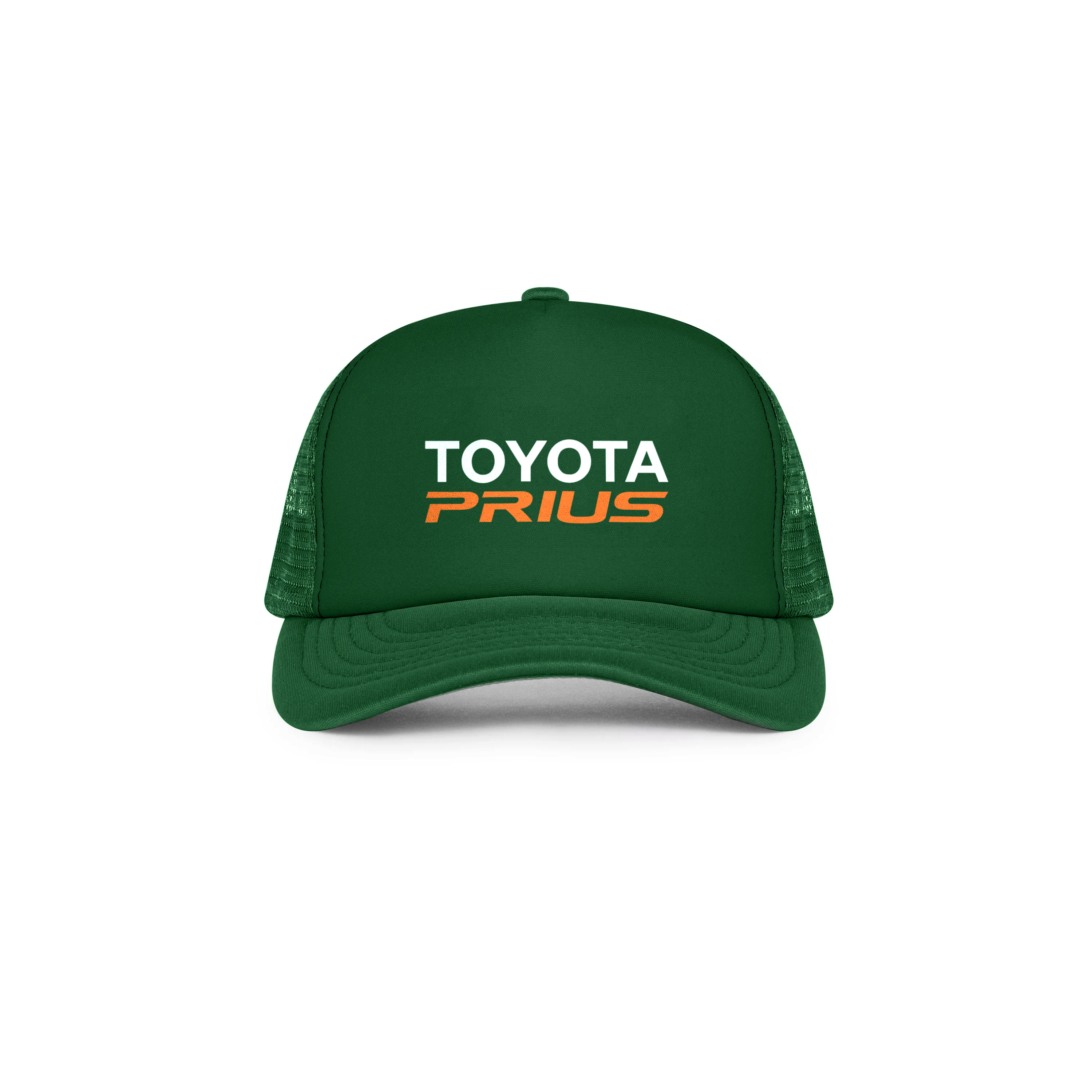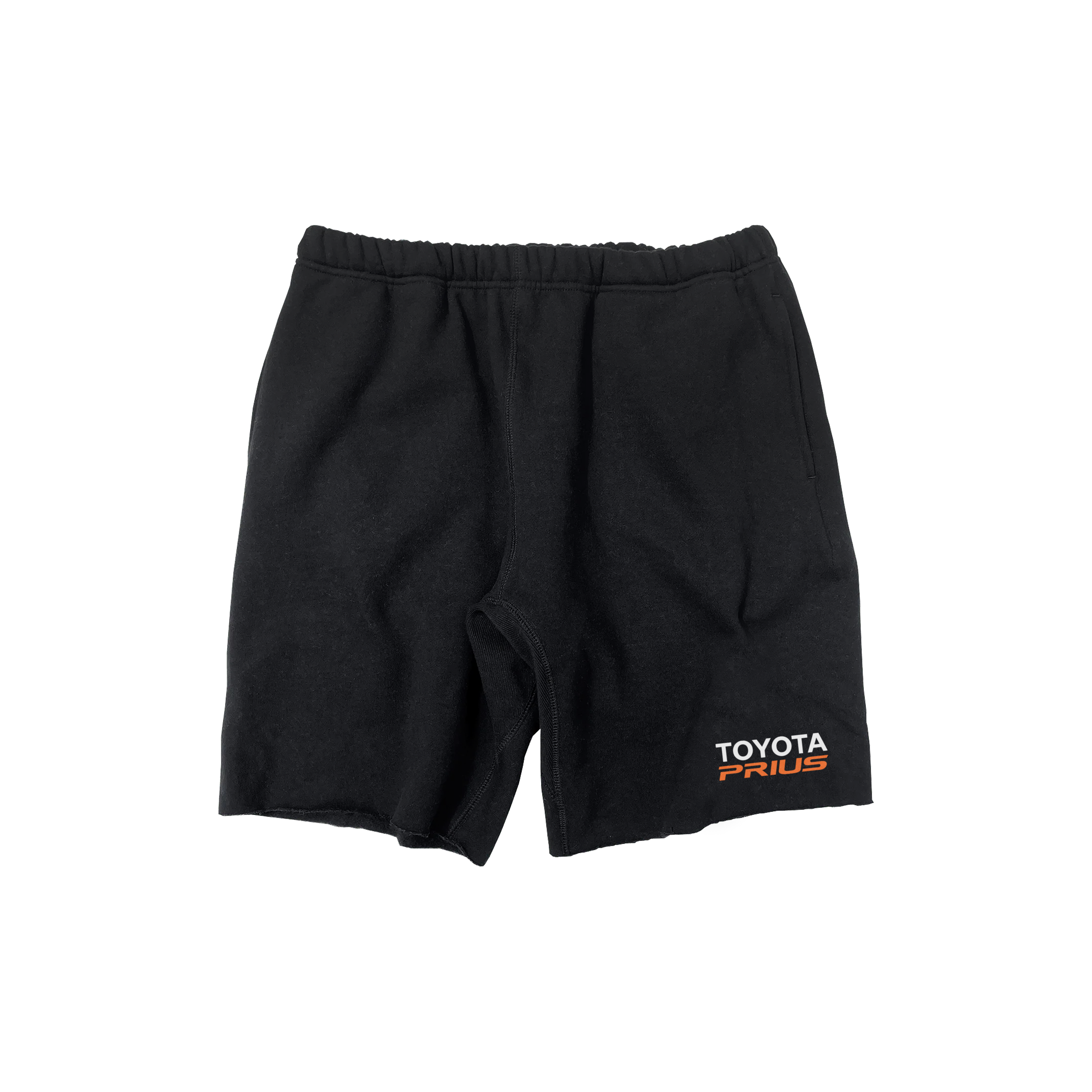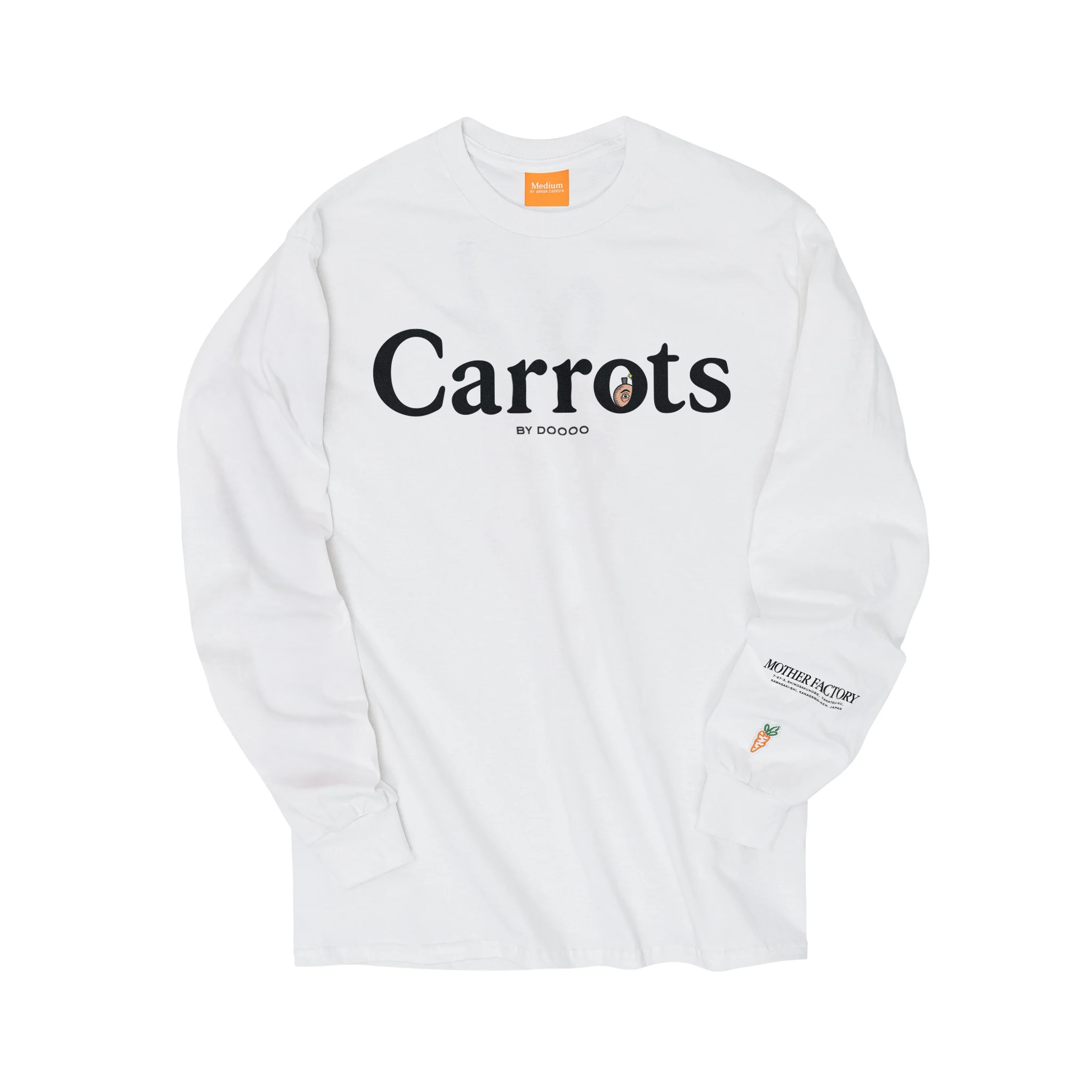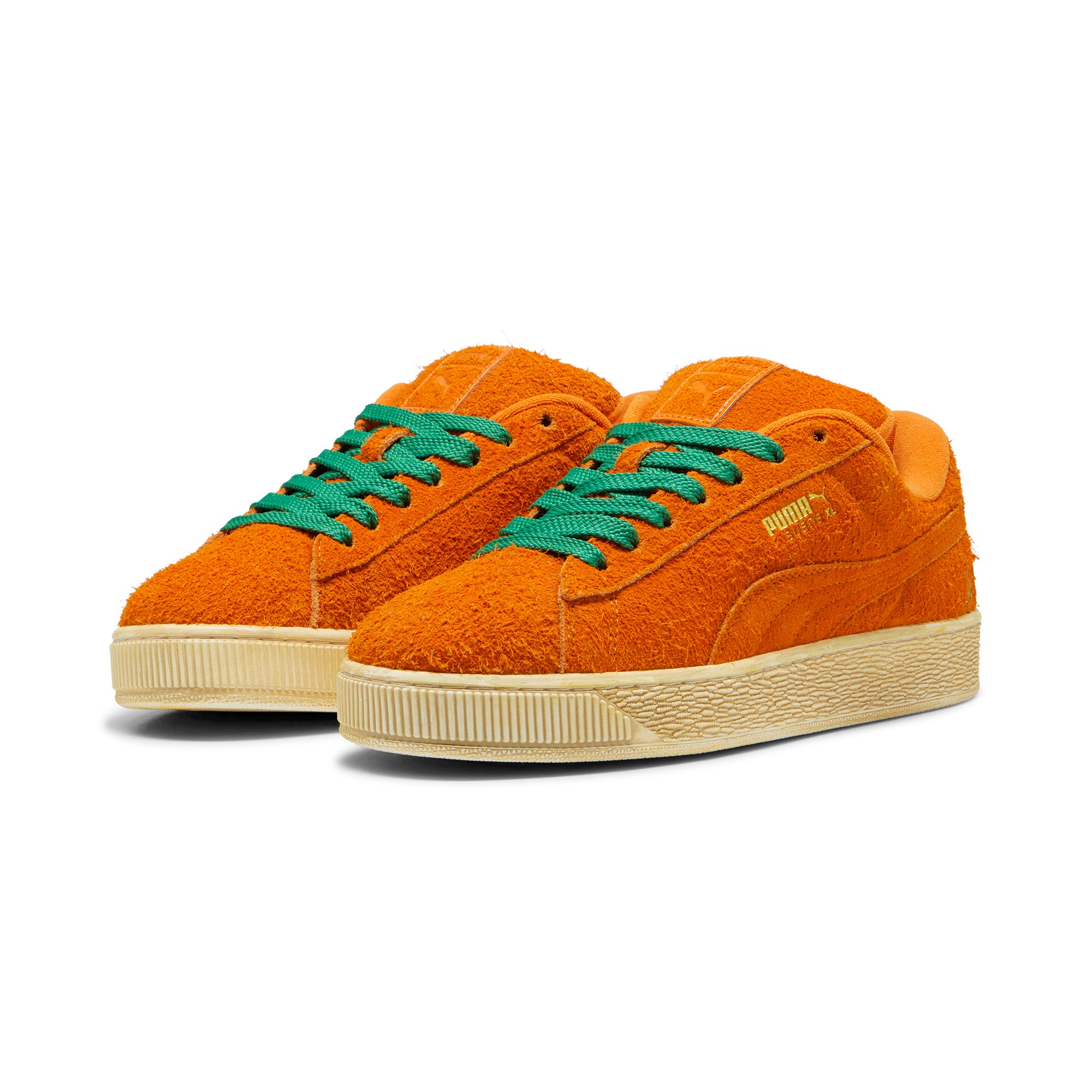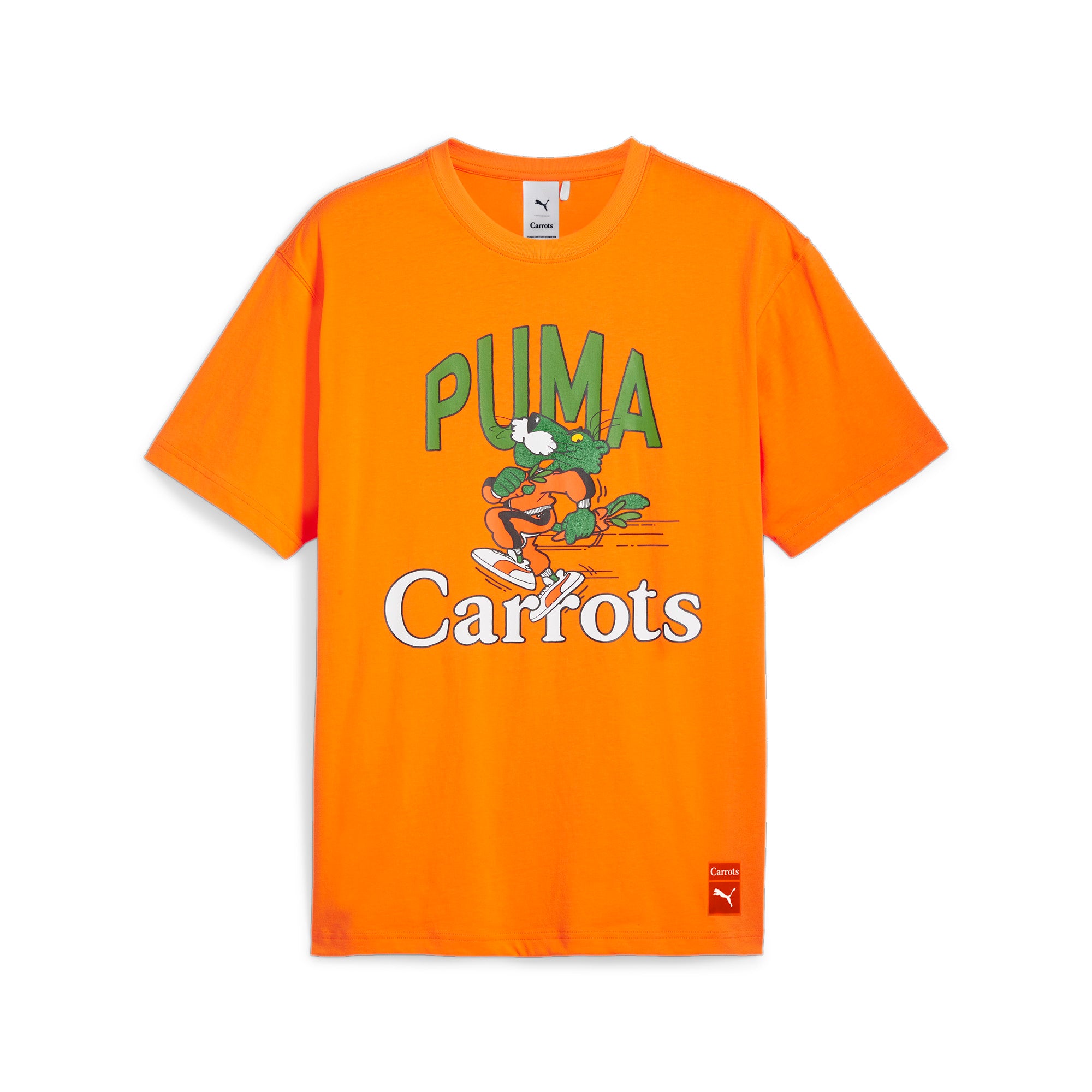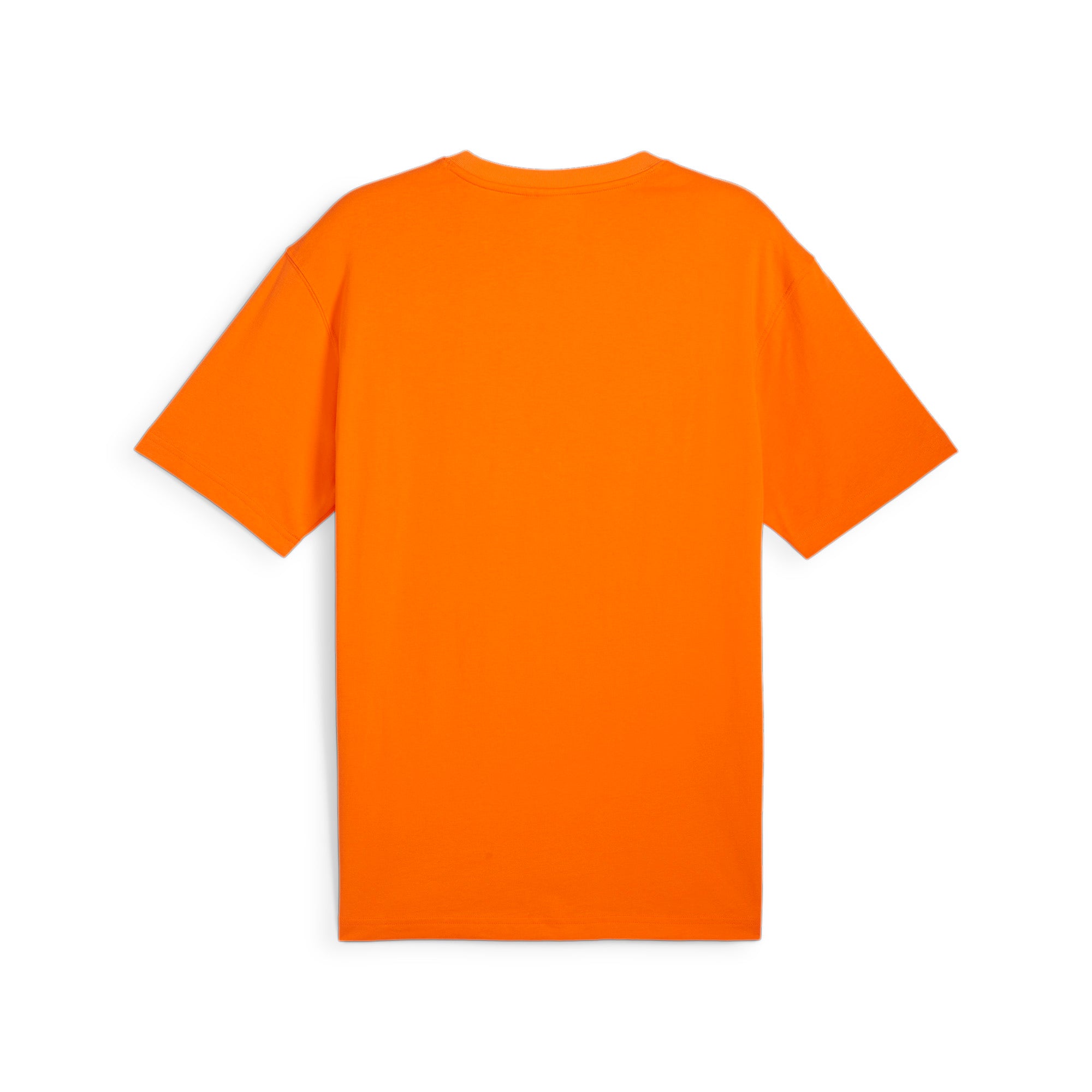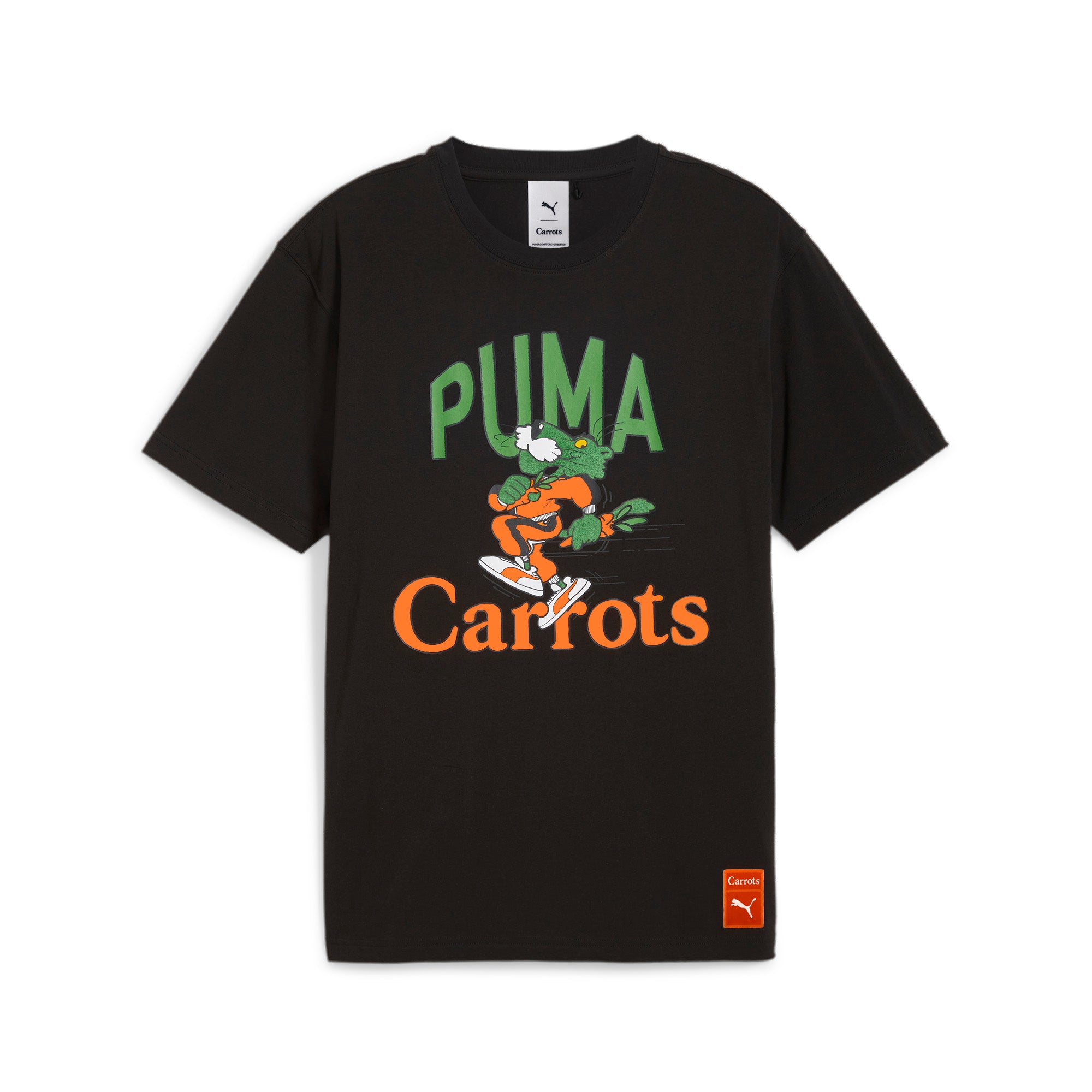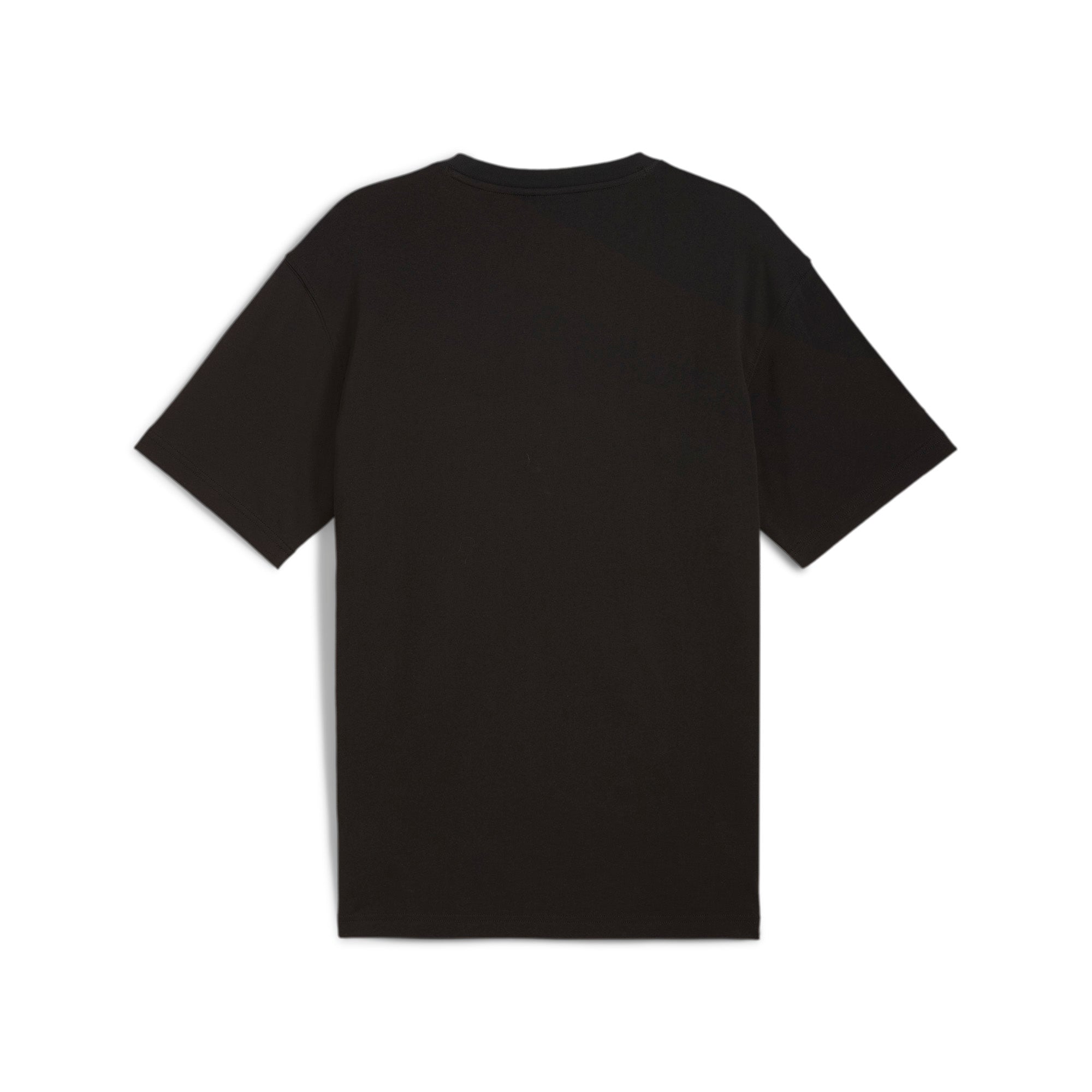
NEW YORK, United States — The mythology behind legendary New York...


NEW YORK, United States — The mythology behind legendary New York streetwear brand Supreme is so potent, it’s easy to imagine founder James Jebbia as a king pin of downtown Manhattan. But as he will be the first to tell you, that couldn’t be farther from the truth. In fact, Supreme’s core creative and business philosophies are the sum of Jebbia’s patchwork retail past; not, as one might assume, a storied legacy in skateboarding. His resume reads like a series of interconnected Google-map pins on a late-80s and early-90s SoHo New York. A British-transplant who arrived in New York around 1984, Jebbia got a job working at the now-defunct Parachute clothing store in SoHo. “I didn’t know what I was doing, but I knew I enjoyed clothes,” he says. He quit five years later to open, along with his girlfriend at the time, a small flea market on Wooster Street inspired by the myriad of stuff he coveted from The Face and i-D magazines. The project evolved into his first proper store, Union, an experimental shop on Spring Street that carried “mostly English brands” and one very important streetwear juggernaut at the time by the name of Stüssy. This allowed Jebbia to work with Shawn Stüssy, who asked him to partner with him to open one of his eponymous boutiques on Prince Street in 1991. When Stüssy left the business, Jebbia opened up Supreme in 1994 in a small storefront on Lafayette, a then-desolate street that was a perfect place for his clientele to skate first, shop second – an order that would very quickly be reversed. “I opened Supreme because there were no other decent skate shops around at the time,” Jebbia says. “I thought, cool, I might as well be the one to do it.” The store was able to become the holy grail of high youth street culture by curating a mix of the city’s iconography – fashion, music, celebrity and politics – within its walls and then instantly sledge-hammering the city’s high-low playing field. Limited-edition Damien Hirst skateboards are around the same price as decks featuring lyrics from Public Enemy; custom Spalding basketballs might be sold under the artist Nate Lowman’s gritty canvases hanging on the wall. The brand’s iconic T-shirts, like everything in the store, have become collector’s items that are collages of controversial provocations and heady imagery. Designs have included an oversized New York Times logo, a portrait of Kate Moss, lyrics from the reggae musician Lee “Scratch” Perry, Mickey Mouse’s hands praying with rosary beads, Budweiser labels, and alarmist political slogans such as “Illegal business controls America.” Juxtapositions abound: images of naked girls playing with a hose pop up in a calendar from 2006 but more cerebral women like Chloë Sevigny and Jenn Brill act as brand ambassadors in Japanese style magazines; one of the brand’s most iconic image is of the rapper Raekwon, an Elmo doll, and an Uzi show by the photographer Kenneth Capello. And really, who would have thought Lou Reed would ever become the label’s face, as he did in 2009? “Supreme embraces the outsider and always does things off-value from their brand,” says Richardson. “But they’re consistent and have always embraced the outsider and the individual. At the end of the day, Supreme is about the legacy of punk through skateboarding and you can really genuinely feel this in everything they do.” The brand’s insidery-outsidery brilliance often made them precursors to trends that would later pop-up on the catwalk, such as their collaboration with Richard Prince as part of their art deck series well before Prince joined forces with Marc Jacobs to make handbags. “I like to point that out,” Jebbia says with a smile. “Not to be that guy, but just, you know, to point it out.” The Supreme brand and its products soon became viable forms of creative expression, which in turn became catnip for a particular breed of male consumer hungry for that indefinable but high-quality cool, resounding most immediately with Japan. “We never purposefully went after a Japanese customer,” Jebbia says. “It wasn’t like that. It’s always been about that really picky New York customer, but I think that translates all over the world.” Nonetheless, the Japanese consumers hyper-related to Jebbia’s choosy modus operandi and were quick to embrace the Supreme product as something culturally valuable and worth a premium price. “Japanese kids respect underground movements and have a good eye for it,” says Bondaroff. Supreme now has five stores scattered across Japan and just opened their first store in London, featuring installations from the artists Mark Gonzales and Ari Marcopolous, this past September. “We’ve always really been inspired by London youth,” says Jebbia. Evidence of his grimy South London influence can be seen in many of the Supreme staples, such as military jackets, beanies, and oversized Oxford shirts with a neat fit. But there is also a business component to setting up shop across the pond. “For us, London is the real gateway to Europe,” Jebbia says. Now kids won’t have to fly from all over Europe to come to New York to get a piece of Supreme. “We hope it makes things easier for them, honestly. It can save them a plane ticket, you know what I mean? But, we’re keeping the shop with the same spirit, it will feel like New York.” In the past, owning a piece of clothing with the red Supreme logo on it was like a more authentic “I Love NY” T-shirt, a tourist token that instantly made you feel a part of a certain downtown New York ethos. Jebbia is mindful of this, but he doesn’t seem worried about diluting the potency of his brand by going global: “We’re not going to open up stores everywhere, that’s just not us. I can’t even think of somewhere else I would like to open, really.” Supreme has been able to grow, but Jebbia has always been able to keep his hand right on the faucet, letting out just enough but not too much. “Supreme represents fresh ideas done right,” says Kenneth Capello. “They’re always one step ahead and always limited, so people want it.” Mr. Jebbia, however, is playfully cautious about the idea that his small production runs are part of an exploitative plan to skew supply and demand to fever-pitch levels. “The main reason behind the short runs is that we don’t want to get stuck with stuff that nobody wants,” he says. But admitting to a kind of customer trickery isn’t exactly the coolest thing to say, so you let him be. “Let me put it this way,” he adds tellingly. “We work really, really hard to make everything seem effortless.” As the shop is on the horizon of its second decade in business, all that hard work has become the focal point for a type of New York aesthetic that is just now entering the canon of great American dressing. When it first opened, the shop was a reflection of the times: the raw energy of Larry Clark’s film Kids; the haphazard elegance of grunge; the polished grit of the East Coast hip-hop movement of the time. In Jebbia’s conversation with Glenn O’Brien from the piece in Interview he asked me to read, Jebbia spoke about the lasting influence of that era in his brand’s sensibility: “There’s always, I think, a sense of the early-90s to it. That era is definitely a big influence running though everything we do – that was a really special time. And since we started back then, I think it’s fine for us to always look to that era and get a lot of influence from it. It’s not nostalgic – it’s more like it’s a part of us.” It’s been almost 20 years since the birth of this aesthetic, and now, with most menswear designers aimlessly searching in tea-soaked history books for authenticity, it has never felt more right. If Polo reflects a sense of country club prep and A.P.C. a type of louche French rock ’n’ roll (two brands Jebbia says he greatly admires), Supreme has then its own unique form of authentic, time-encapsulated style in early-90s skate culture. But now, the baggy pants are a little bit more fitted; the Oxford shirts come in a more sophisticated palette of colours; the imagery is more mature. And while other designers such as Rag & Bone, Tommy Hilfiger or J.Crew hark back to a phantom sense of American heritage, Supreme actually embodies a new garde of American classicism without dwelling in dusty clichés. The little skate-shop-that-could has unexpectedly grown to foster one of the strongest statements in men’s sportswear – the hallmark of American fashion – in quite some time. “People think that because we are widely-known as a skate shop, our clientele must be idiots. But they want new things on a high level. All they care about is quality,” says Jebbia. He is right, after all. Today, the globalized customer demands a certain tasteful efficiency, not the trappings of exclusivity. To date, Supreme has chosen to refine their signature products, not to forge themselves out in wild, unpredictable directions with their design process, but instead to forge themselves out in new directions in the world at large. “The product keeps getting better and better,” Bondaroff told me in a phone interview. “It’s so solid now, it crosses over to so many different types of people depending on how they want to wear it.” Solid, in this case, means well-proportioned sportswear without a lot of frill; done with a discerning eye for what is wearable – take a long-sleeved double-ply flannel in yellow, brown, or green, for example. Therein lies Supreme’s striking paradox. Underneath its tough exterior, the brand has always traded on something of cool’s polar opposite: pragmatism and utility – with a keen sense of graphics and sharp design, no doubt. The crucial thing to know about Supreme clothes is that they reflect everyday style for men. But more importantly, they assuage the fears many men who have come of age alongside the store have about wanting to look grown up – or, dare I say, appropriate – while still being true to their core aesthetic values that Jebbia speaks of. Almost two decades later, the Supreme project has become an updated take on that oh-so American sense of function and pragmatism. It’s a design philosophy that has mostly been missing in men’s fashion in recent years. “Quality” is a word Jebbia stresses over and over again in conversations about his brand. You get a sense that he is growing impatient with just being known for on-the-nose artist collaborations or an effervescent downtown credibility. His brand’s true worth, and what his customers fetishize above anything else, is its casual matter-of-factness. Nothing looks sharper, but there is nothing snobby about that. There is something universal about it, really. If fashion and award shows have any teachable moments, it’s that cool doesn’t last on the fickle world stage. Quality does. “It’s not really just a cool skateboard thing anymore. People resist that idea still. It frustrates me,” Jebbia says before taking a pause. “Oh well.”





